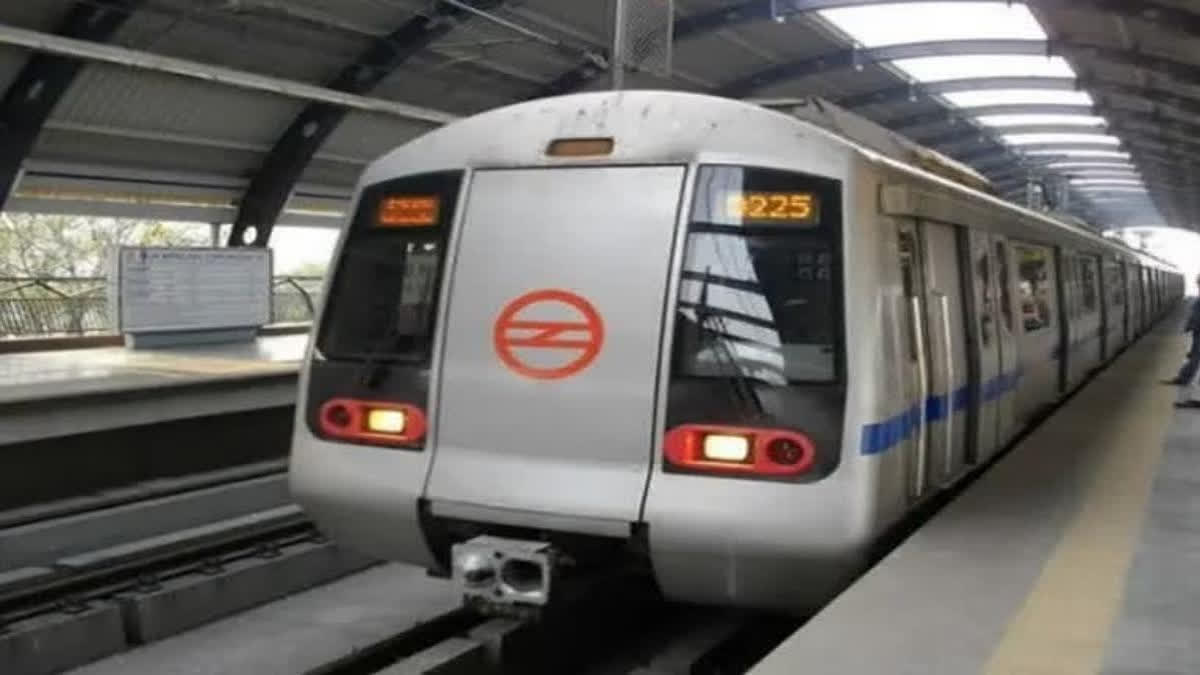New Delhi: With daily ridership across metro systems in India crossing the 10-million mark, the Ministry of Housing and Urban Affairs (MoHUA) on Saturday claimed that the daily ridership is expected to exceed 12.5 million in a year or two.
“Daily ridership across metro systems in the country has already crossed the 10-million mark, and is expected to exceed 12.5 million in a year or two. India is witnessing a steep rise in its metro ridership and will continue to do so as our metro systems evolve. It must also be noted that nearly all metro rail systems in the country presently generate operational profits,” the ministry said.
The Ministry’s claim opposes an article published in “The Economist” which says that none of India’s metro rail systems have achieved even half of their projected ridership.
“The article, while containing factual inaccuracies, also does not provide the necessary context against which India’s growing metro rail network must be studied,” the Ministry claimed.
The ministry said that more than three-fourths of India’s current metro rail network was conceived, constructed and operationalised less than ten years ago – in some cases, metro rail systems are only a couple of years old.
The article on India’s metro rail systems has misconstrued that India’s massive metro build-out is failing to attract enough passengers.
“In a mature metro system as seen in the example of Delhi Metro, daily ridership has exceeded 7 million already, a figure which is well beyond the projected number for Delhi Metro by the end of 2023,” the Ministry stated.
In fact, analysis shows that the Delhi Metro has helped to ease the pressure on congested corridors of the city that cannot be solved by public bus systems alone. This is seen in some corridors of the city where DMRC services more than 50,000 people in very high peak-hour, peak-direction traffic.
“To meet such high traffic demand through public buses alone, 715 buses would be required to travel in one direction within an hour in those corridors, roughly translating to a headway of around 5 seconds between buses – an impossible scenario! One dreads to imagine the condition of road traffic in Delhi without the Delhi Metro,” the ministry informed.
In a nation as diverse as India, every mode of public transport system is important, both in isolation and as an integrated offering to commuters, it said.
“The Government of India is committed to providing comfortable, reliable and energy-efficient mobility solutions that will offer a combination of multi-modal transport options for the long term in a sustainable manner,” the ministry said.
The government recently launched the PM e-Bus Sewa scheme for the promotion of bus transport systems wherein 10,000 e-buses will be deployed in cities with a population between 500,000 and 4 million.
“Bus transport solutions for cities with more than 4 million population are already included in the government’s FAME scheme. While e-buses and metro systems are both electrically powered, metro systems are far ahead in terms of specific energy consumption and efficiency. With the continual expansion of our cities, and the realisation of greater first-mile and last-mile connectivity, India’s metro systems will witness higher ridership,” the ministry said.
The DMRC metro system, which is more than 20 years old, has an average trip length of 18 kms. “India’s metro systems, most of which are less than five or ten years old, have been planned and operationalised to service the traffic requirement of India’s urban areas for the next 100 years. Evidence already suggests that such a transition is happening – metro rail systems are the most preferred mode of commuting for women and the city’s young population,” the ministry said.
Read More
CM Revanth Reddy directs officials to expand Hyderabad Metro to every corner
Children of woman who died in Delhi Metro accident demand financial compensation



